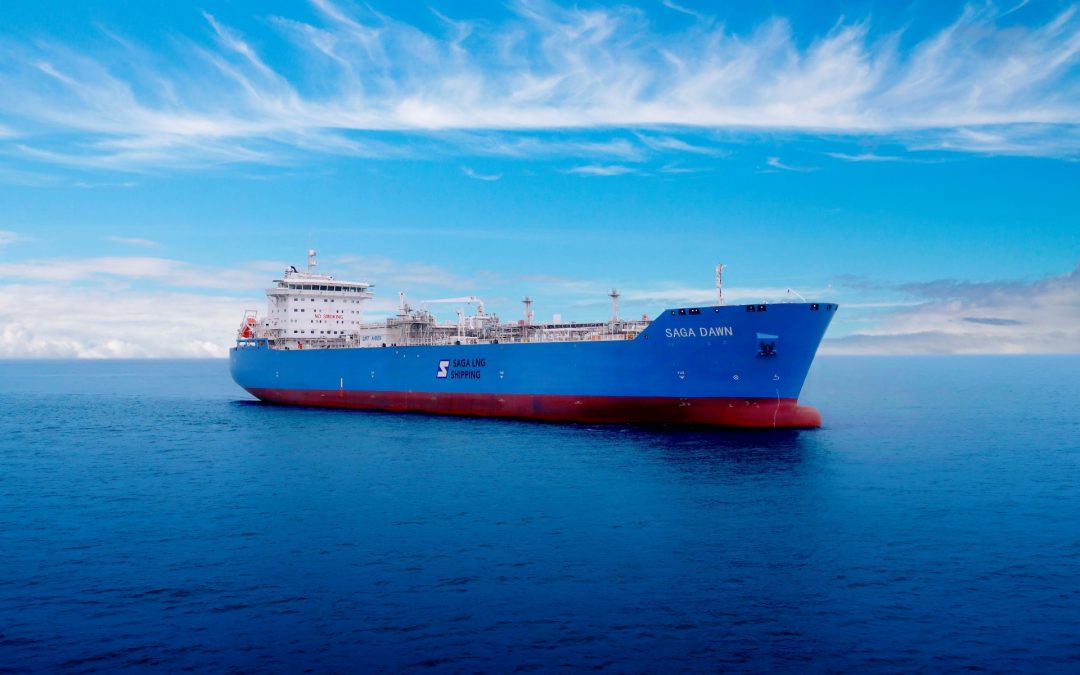Due to stricter environmental restrictions and rising demand from European nations looking to replace their reliance on Russian gas imports, the price of used liquefied natural gas (LNG) carriers is rising rapidly and is now almost on close to the price of new LNG ships.
According to global market researcher Clarkson Research Service, a five-year-old LNG carrier with a 174,000-cubic-meter capacity was traded at a record $250 million in June.
The price compared with $185 million a year ago and $170 million in June 2021.
Last month’s used LNG carrier price is more than 96% that of a newly built LNG ship, which cost $260 million.
Prices of smaller LNG vessels with capacities between 138,000 cubic meters and 140,000 cubic meters have also doubled from two years ago, data showed.
“Ship owners, which run a fleet of LNG carriers over a relatively short period for investment purposes, are busy handling incoming requests for sales these days,” said an industry official.
Newbuilding prices for LNG carriers, which are more profitable than oil tankers and container ships, are expected to rise further, given the rising price trend of used vessels, he said.
DELIVERIES LIKELY PUSHED BACK
With a rise in new shipbuilding orders, deliveries could be pushed back as South Korea’s three major shipbuilders, which are also the world’s three largest players, already have three years’ worth of work lined up.
HD Korea Shipbuilding & Offshore Engineering Co. (HD KSOE), the country’s largest shipbuilder, said its recently ordered LNG carriers will be delivered in 2027 at the earliest.
HD KSOE, a unit of HD Hyundai Co., formerly Hyundai Heavy Industries Group, said earlier this month that its cumulative order value so far this year has reached 90% of its entire 2023 target.
Samsung Heavy Industries Co. said its latest LNG vessel order is for delivery in 2028.
TIGHTER REGULATIONS
In addition to growing demand from European ship owners, which are seeking alternatives to Russian natural gas in the wake of the Russia-Ukraine war, stricter environment regulations are also creating new and replacement demand for eco-friendly ships that reduce carbon emissions.
Last week, the International Maritime Organization (IMO), a UN maritime safety agency, said it now requires its member states to cut carbon emissions from ships by 30% of their 2008 levels by 2030 and raise the target to 80% by 2040. All ships must aim to achieve zero emissions by 2050.
Analysts said Korean shipbuilders stand to benefit from tougher regulations and growing demand for eco-friendly vessels, including methanol-powered ships.
On Wednesday, shares of Korea’s major shipbuilders outperformed the benchmark Kospi index, buoyed by the rosy prospects.
Samsung Heavy finished up 8.4% at 8,170 won versus Kospi’s 0.5% gain. HD KSOE closed 3.2% higher at 128,000 won. Hanwha Ocean Co, formerly Daewoo Shipbuilding & Marine Engineering Co. (DSME), ended up 2.5% at 46,000 won.






